The Complete History of fiestaturbo.com
Part 3: The Photos
Posted: 19th March 2022 | Author: @AdrianFRST | Photography: @AdrianFRST
Photography has always been a huge part of this site, right from day one there was more of an emphasis on it than any of the other Ford sites and with over 4000 photos added since the launch of v3 in 2012, I don’t think there’s a larger source of Ford images anywhere else.
These days it’s trivial to upload a photo, modern phones and 4/5G mean you can have a pic online seconds after you’ve taken it, but it was nothing like as simple back in the early days of ft.
1999 - Magazines and scanners
When I first started the original .co.uk version in 1999, digital cameras were very new to the market and still expensive. The photos on most websites were scans of printed photos from film cameras. I owned neither type, but I did own a scanner so every photo on the site was scanned from magazines. Initially this was done without asking, but as the site gained exposure and I made contacts at the magazines they granted me official permission.
I borrowed a Kodak Digicam from work over Christmas in 1999, which convinced me to buy my own shortly after. This was a Fujifilm MX-1200, which I think cost £150. It came with a 1 MB memory card (Smartmedia), enough for a laughable two images at “high resolution” 1280 × 960 maximum quality and 11 at 640 × 480. There aren’t many things that can be called a million times better without exaggeration, but memory card size is one, with 1 TB (one million times larger) card being available these days (albeit at a far higher relative cost).
I bought a 4 MB card which was extortionately expensive but gave me the ability to shoot 23 images, or six at high res. Obviously six is nowhere enough for a show, so I used the standard mode. For comparison these days I have capacity to shoot near 2000 photos when I attend an event, so such restriction back in the day left no opportunity to take multiple angles, experiment with shots that might not work, or even get a pic of every car I wanted to!
The quality was pretty appalling, unless it was bright sunshine the image was blurry and being such low res, detail was non-existent. Even a 10 year old cameraphone would give you better results these days.
2002 - Borrowed cameras & upgrades
I did manage to borrow better cameras on a couple of occasions. My mate James had a Sony Mavica which aside from better image quality had quite a unique feature in that instead of using memory cards it wold record onto standard 1.44 MB 3.5” computer floppy disks. This meant you could shoot as many images as you could carry disks.
Photograph by Lëa-Kim Châteauneuf, distributed under a CC Attribution-Share Alike 4.0 International license
In October 2002 my brother bought a Fujifilm 601 Zoom, which at 6 megapixels was noticeably better than anything I’d used before. I was able to use this for one show, TRAX 2002, before he took it with him when he did a year abroad.
In December 2002 I upgraded to the Fujifilm S602 Zoom, also 6 megapixel but with an extending lens for a 6x zoom. This came with a memory card called a MicroDrive, which was essentially a mini hard drive the shape of a CompactFlash card. It had a huge capacity for the time, but was prone to going wrong as it contained moving parts. At least now I was able to do a full day of shooting without running out of space.
I used this until I managed to break the lens by whacking it against the open boot of my car around 2009. It still worked but took a few attempts to focus with each shot. I replaced it with another Fujifilm (the Ford of the camera world?) in 2010, a HS10 with a ridiculous 30x zoom. At this point I still didn’t really know much about cameras so naively just bought the Fujifilm with the longest zoom for the budget I had.
Being no longer a Ford owner I’d stopped attending the Ford shows in 2006 but was still taking photos as a hobby. After shooting some local car shows I wasn’t happy with the results I was getting, especially trying to capture moving cars. I had a decent chunk of funds available after selling an expensive road bike that I couldn’t justify keeping due to infrequent use, so it was time to get a proper camera - a DSLR.
2012 - Proper kit at last
I started off looking at the entry level Canons - the 650D, then decided to spend a bit more for the 60D, which then changed to the 7D and after I convinced myself I needed full-frame I ended up with a 5D Mk III. I went for the package with the included 24-105 f/4L lens which at the time was something like £3500. Buying it wasn’t a simple process. Online orders triggered fraud protection due to the purchase amount. I thought I’d have better luck at a proper shop so went to Jessops at the Trafford Centre where my credit card did exactly the same and blocked the transaction. Attempts to pay with Visa Debit faired no better and after ages on the phone to Natwest with the poor Jessops sales guy, jumping through security hoops but getting nowhere it was decided the simplest idea was to return the next day with a good old fashioned envelope full of cash.
Going from a £300 to a £3000 camera was as massive a step up as you’d imagine. Vibrant colours, beautiful blurred backgrounds, huge image sizes and impeccable quality giving an appearance that made most photos look better than real life. When the 2012 redesign of the site was launched the now pro-level quality of the photos was what made a huge difference.
I soon augmented the bundled lens with a 70-200 f/2.8 zoom, 50mm prime and later on, 24-70 f/2.8 and 16-35 f/4 zooms. I also bought a trio of Speedlite flashes and a remote transmitter, plus lighting modifiers and a selection of filters.
The 5D was joined a year or so later by a 7D, with the faster burst mode speed ideal for capturing track action, then in 2016 the 7D was swapped for a 7D Mk II. This setup has served me well since then and I don’t feel the need to upgrade, although a bit more resolution would be nice, or a full frame replacement for the 7D…
You can see here the difference in quality with each camera upgrade. Top left is the Fuji MX-1200, very blurry and poor dynamic range. Top right is the Sony Mavica, notably better but still pretty ropey by today’s standards. Bottom left is the Fuji S602, improved resolution but not a patch on the Canon 5D, bottom right. Pin sharp with strong colour and excellent shadow detail.
The gear bag, 2022
At the time of writing, the gear bag contains:
Cameras
- Canon EOS 5D Mk III
- Canon EOS 7D Mk II
Lenses
- Canon EF 16-35mm f/4L IS USM
- Canon EF 24-70mm f/2.8L II USM
- Canon EF 24-105 f/4L IS USM
- Canon EF 70-200mm f/2.8L IS II USM
- Canon EF 50 mm 1.8 STM
- Canon Extender EF 2x III
- Sigma 50mm F1.4 EX DG
Accesories
- Canon BG-11 battery grip
- Canon BG-E16 battery grip
- Canon Speedlite 600EX-RT (x3)
- Canon ST-E3-RT Speedlite Transmitter
- Canon Extension Tube EF 25 II
- Canon RC-6 Wireless Remote Control
- Canon LP-E6 batteries
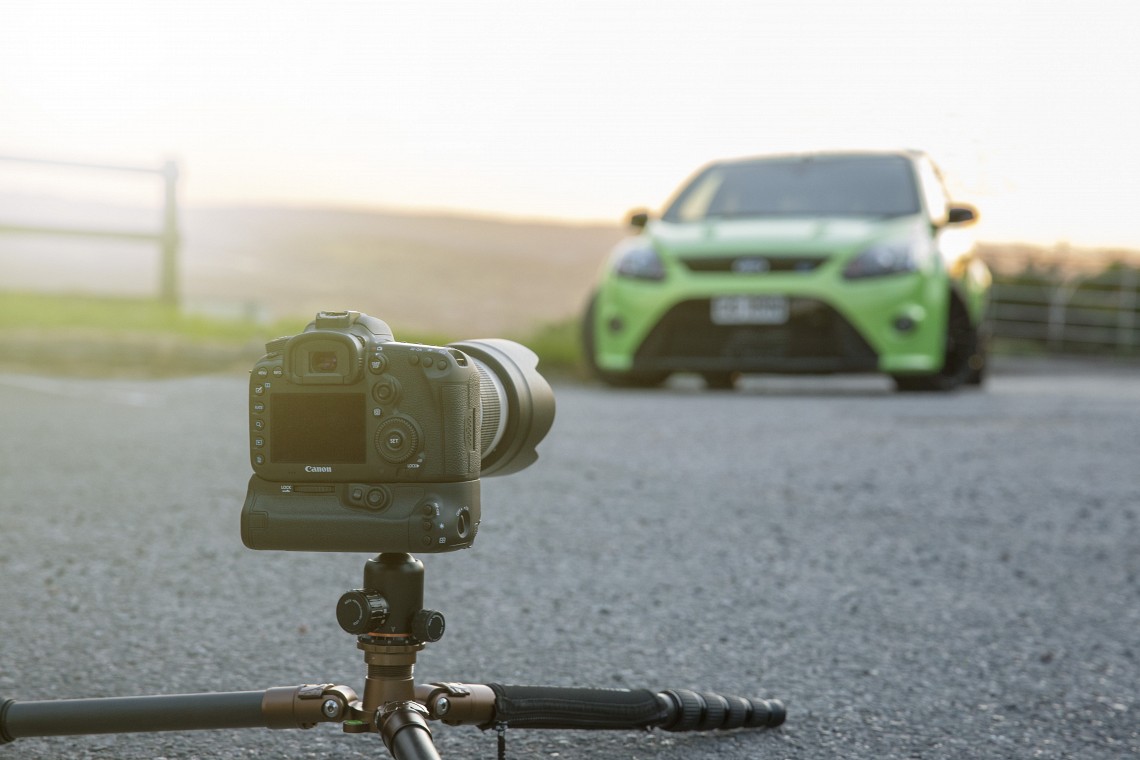
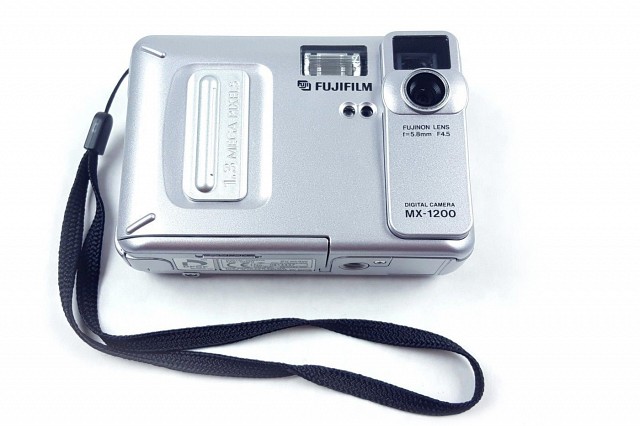
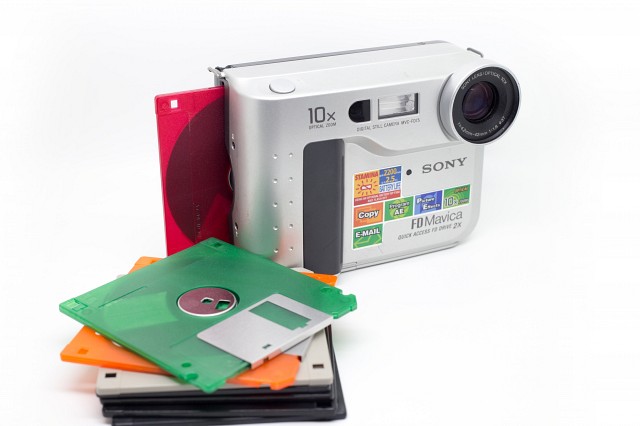
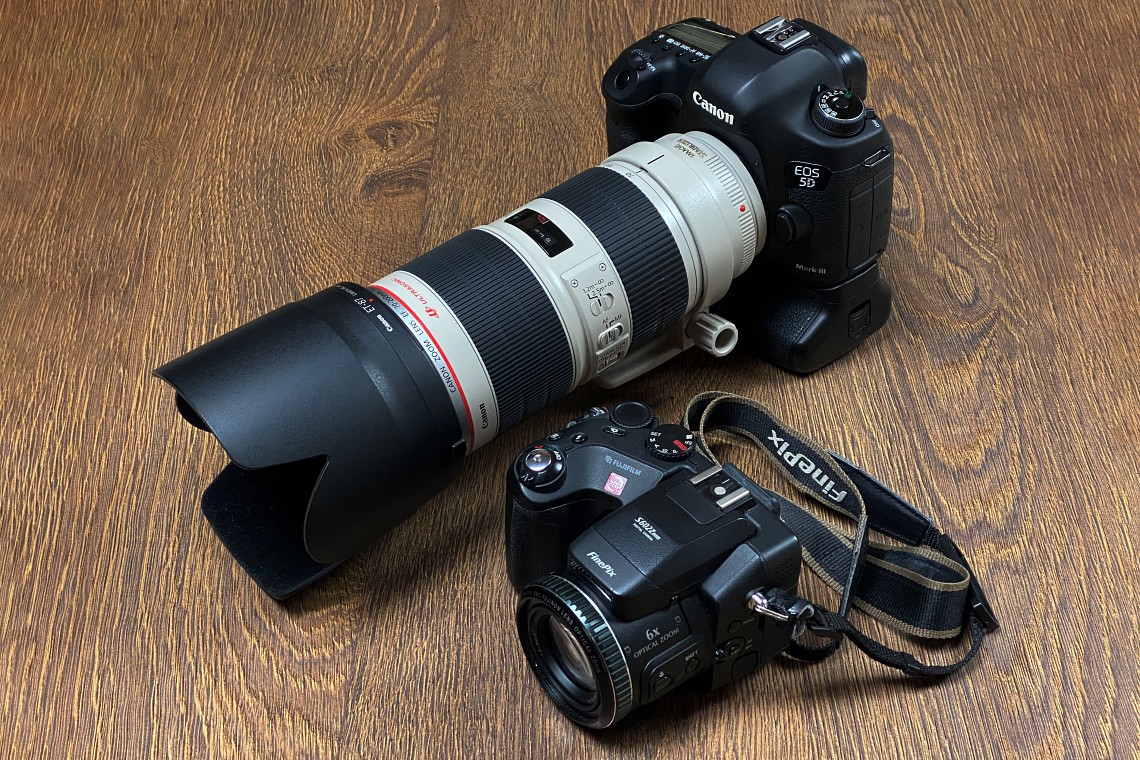
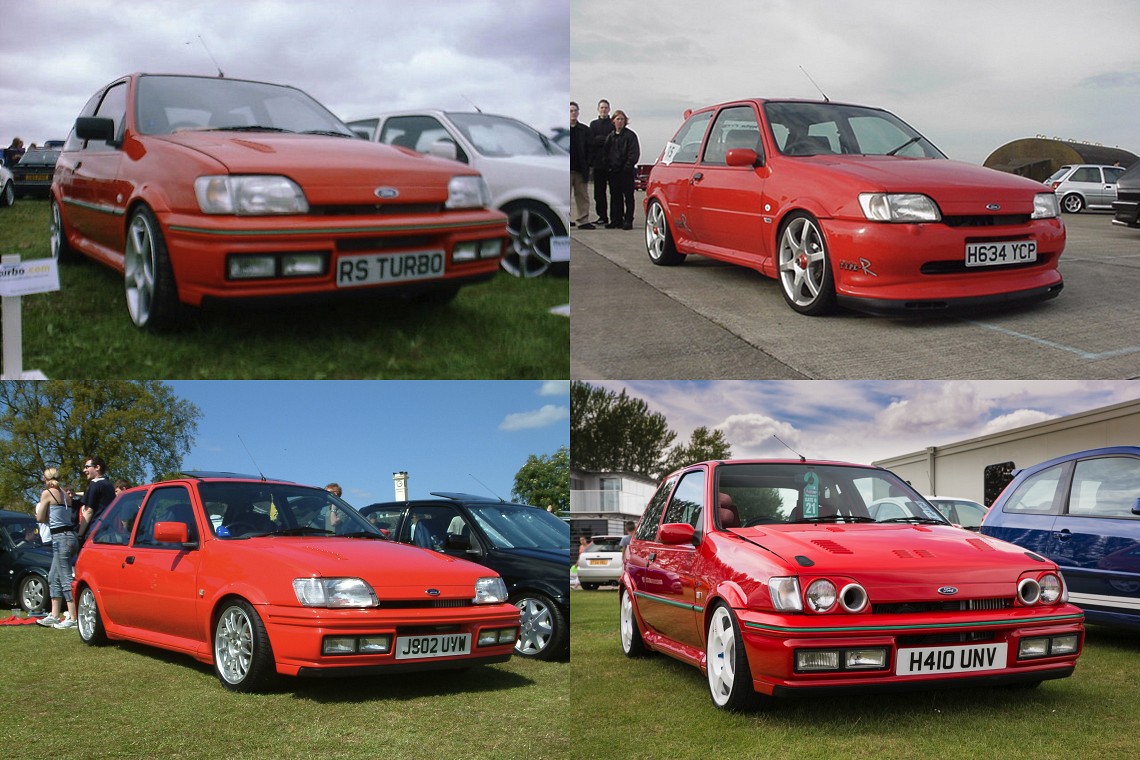
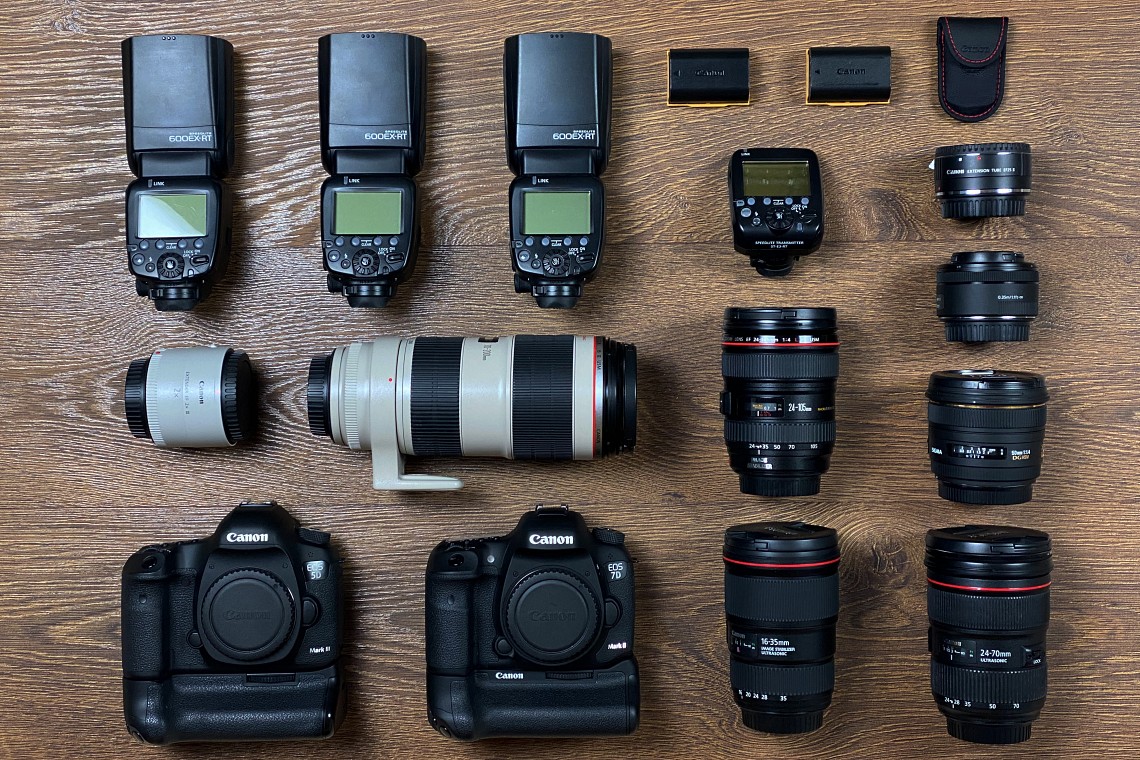
Twitter
The second 20th Anniversary article, a dive into the history of how the site came about is available here: https://t.co/kbCfZ4sf0R
17:44, 4th December 2021 Twitter Web App
To celebrate https://t.co/wXVkvJipaS being 20 years old this year, I've written a series of articles detailing the… https://t.co/B0vE0Y3KvP
17:42, 4th December 2021 Twitter Web App
Follow fiestaturbo.com on Twitter:
http://twitter.com/fiestaturbo/
Facebook
New article! fiestaturbo.com is 20 years old this year and I'm writing a series delving into the history of it. …
Saturday, 4th December 2021 12:49
Some awesome Escorts from the Fair - FORD FAIR 2021: ESCORT EXHIBITION - …
Sunday, 31st October 2021 17:05
All the best Focuses from Ford Fair - FORD FAIR 2021: FOCUS PEEKING - Which was your …
Thursday, 7th October 2021 23:21
Become a fan:
http://www.facebook.com/fiestaturbo/
RSS Feeds
Subscribe to the RSS feed
What is RSS?
RSS is a technology that lets you use special applications or modern browsers to notify you you when a site is updated. You can then read the updated content in that application or your browser.
To subscribe to these RSS feeds you need to copy the links above. For instructions on how to add it to the feeds you keep track of, consult the documentation of your RSS reader.